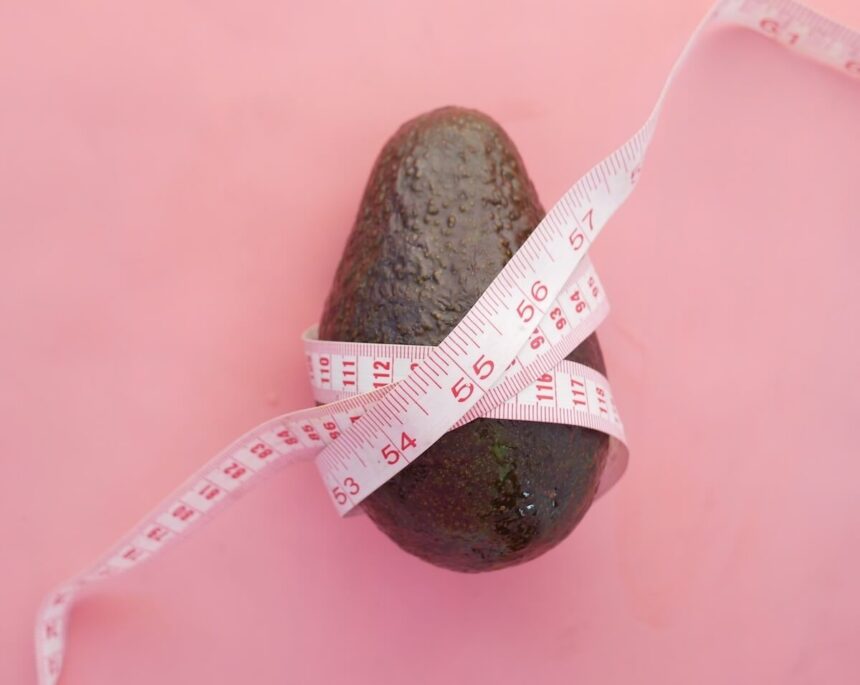Do you count calories for weight loss or weight management? If so, you rely on calories to eat the right amount of certain foods. But did you know that the calorie information listed on food packaging isn’t always accurate?
In fact, depending on the type of food you eat and whether it’s cooked or raw, the calorie count can change quite a lot.
Cooking Food Made Us Human
Richard Wrangham is now the chair of biological anthropology at Harvard University and author of Catching Fire: How Cooking Made Us Human. But back in the 1970s, he studied the diets of wild chimpanzees and tried to live off of this raw food diet, too.
But it never left Wrangham satiated and full. So, at the end of the day, he’d come home and cook a meal and finally feel satisfied. It occurred to Wrangham that raw food didn’t provide him enough energy or calories. Cooked food, on the other hand, did.
At the time, there wasn’t much research on the calorie content of cooked food and raw food.
But in the years that followed, Wrangham and other scientists concluded that cooking food does increase its energy or calorie content, and this is what allowed humans to thrive millions of years ago – and today.
What’s more, Wrangham has said, “Our current system for assessing calories is surely wrong.”
So, what is this current system that counts calories?
The Atwater Calorie System
About one hundred years ago, American chemist Wilbur Atwater studied human nutrition and metabolism and created the Atwater system – a system to count calories.
According to Atwater’s system, one gram of carbohydrates has four calories, one gram of protein has four calories, and one gram of fat has nine calories.
However, his system doesn’t take into account different types of carbohydrates and how they’re broken down in the body. The same goes for fats and proteins, which vary greatly from one another.
Finally, the Atwater system doesn’t take into account how calorie content changes when a food is cooked.
How Cooking Starches Increase Calories
Starches are present in certain carbohydrate foods, like potatoes, wheat, barley, and beans. These starches are made up of two molecules, amylose, and amylopectin. When these foods are raw, these two molecules stay bound together, and the digestive enzymes can’t break them down into usable energy.
However, studies show that when these starches are cooked, these two molecules separate, making it easier for digestive enzymes to access them and create more energy with them.
In short, cooking these starches increases their energy content or their calorie content.
How Cooking Red Meat and Poultry Increases the Calorie Count
When red meat is raw, digestive enzymes in the stomach can’t access the proteins in the muscle because they stay packed together. But if you cook red meat, the amino acids in the protein are unpacked and turn into something the body can access and use for energy.
The same is true of poultry meat, such as chicken. The USDA nutrient database has shown that raw chicken versus cooked chicken has a very different calorie count.
For example, 100 grams of raw, skinless, and boneless chicken breast has about 114 calories. Once you fry it, it increases to about 187 calories. If you prefer roasting your chicken, calories increase to 165, and stewed chicken ends up having about 150 calories.
Of course, it goes without saying that when you add an oil, or fat, to the cooking process, you’re adding calories to the food. However, very few of us cook food without oil, so it’s something to remember when preparing your cooked food.
So, if you’d like to eat meat without adding a lot of extra calories, consider grilling or broiling. This allows the water and fat content from the food to drip away so you don’t consume it.
What Has More Calories: Raw Nuts or Cooked Nuts?
As with meats and certain starches, cooking increases the energy/calorie content. The same is true of nuts. In this study, researchers found that cooked peanuts lead to more weight gain as opposed to raw peanuts.
This occurs because “heating caused the peanut to swell and rupture, making the fat inside the cell walls available for digestion.”
This might make you reach for raw peanuts and raw nuts, like almonds and walnuts. But this might be a mistake. Sure, you’ll eat fewer calories, but you might not be eating healthier food.
That’s because nuts, like some grains, contain something called phytic acid. When phytic acid isn’t broken down before you eat the food, it binds to minerals in the body and prevents the intestine from absorbing these nutrients.
In short, raw nuts and grains can rob the body of key nutrients like zinc and magnesium, just to name a few.
However, when you soak, sprout, and then roast nuts, you can break down the phytic acid and make them a more digestive-friendly food.
What’s Better: Raw or Cooked?
Sometimes, we equate low calories with “healthy”. But that’s not necessarily true. For example, raw meat has fewer calories than cooked meat, but eating raw chicken or beef is a sure way to get sick.
Similarly, you could eat raw almonds, but they might strip your body of many key nutrients, making you both vitamin and mineral-deficient.
Cooking food does increase its calorie content, however, this isn’t a bad thing.
Cooking some foods releases more energy from them. What’s more, it also releases the nutrients in them, making them a healthy option overall.
It’s important to cook foods to make them safe and accessible for human consumption.
However, just be aware that the calorie content listed for raw foods will go up once you cook them. And if you’re relying on calorie information for weight loss and weight management, it’s important to remember that it’s a flawed system and something you shouldn’t rely on 100%.








